Your iPhone has hidden apps that work behind the scenes to filter SMS messages, trust computers, deal with payments, test ads, and perform other actions. You won't find any of them in your App Library, but there are tricks you can employ to unlock and use some of these secret apps.
Siri is technically an app, and so is Setup (which sets up the iPhone after a restore), Screen Time (which lets you manage your iPhone usage), and Spotlight (the search tool on your Home screen) — but you should already know how to use those. Other apps you've probably used that don't resemble typical ones include Batteries, the font installer, Game Center, and Animoji Stickers.
The really hidden apps are ones you might never find if you didn't know where to look, including but not limited to the following.
Code Scanner
The Camera app on your iPhone can scan QR codes with no problem, and it's easy to open web links in Safari, add someone to Contacts, connect to a Wi-Fi network, or whatever else a Quick Response code can do. It also works well with App Clip codes, which open their corresponding App Clip.
However, another tool for scanning QR codes is called Code Scanner. It automatically opens URLs using an in-app browser so that you can close the webpage and get right back to scanning. Sometimes, embedded URLs will jump you to Safari or a third-party app, depending on the QR code's design, but most web links will open within Code Scanner.
- Full Instructions: There's a Code Scanner on Your iPhone — One That Won't Show Up on Your Home Screen or App Library
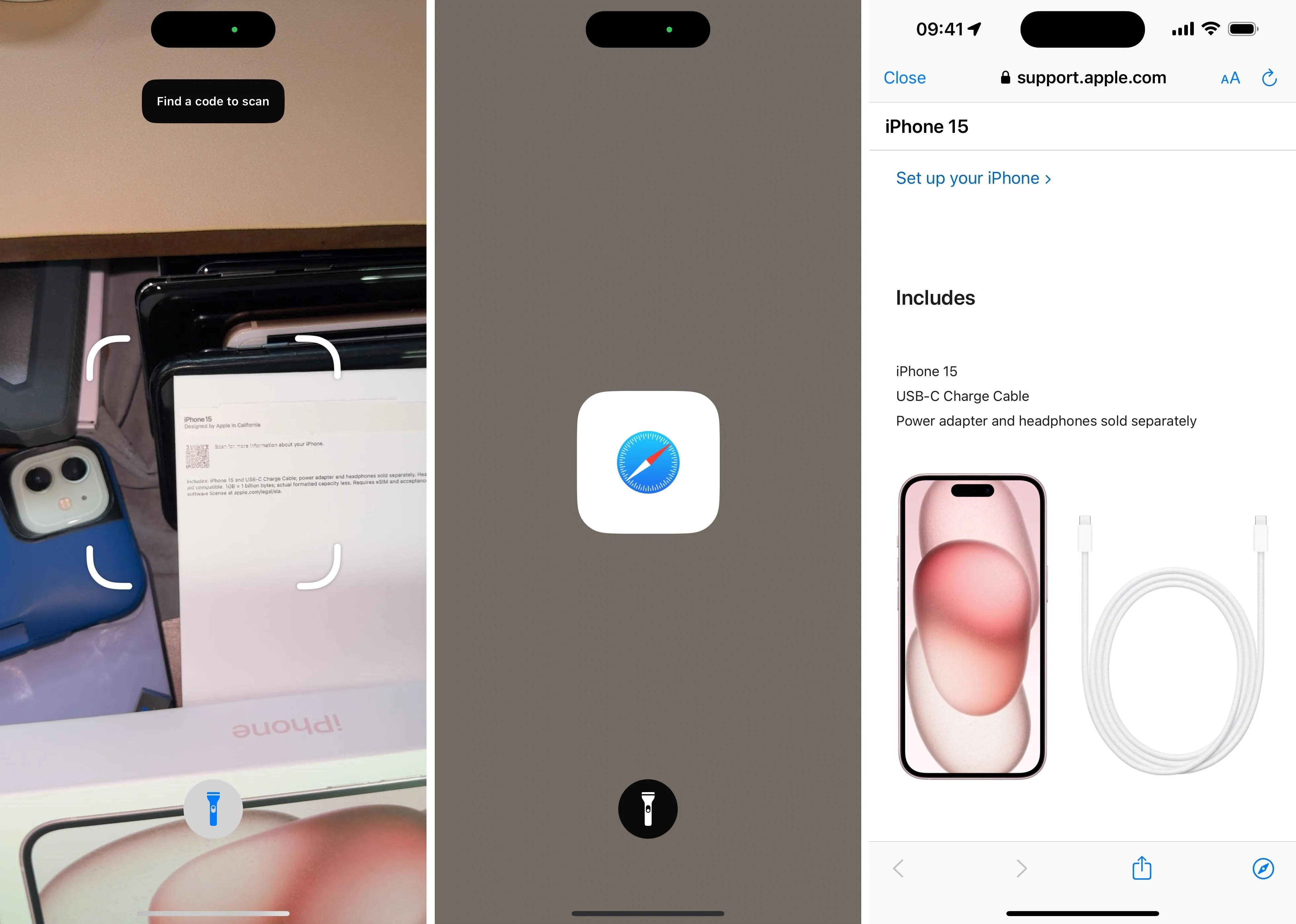
Code Scanner's UI is more developed than its integration in the Camera app. For instance, when you scan an App Clip code in Camera, you get a tiny link to tap to open the App Clip. Code Scanner shows a neat animation when it scans the App Clip code and then opens the App Clip preview right up.
The Code Scanner can be added as a control to your Control Center, and you can also find it via Search from your Home Screen. You can even ask Siri to "open Code Scanner." However, you can't add it to your Home Screen, it has no preferences in Settings, and it's missing in App Library.

Print Center
Your iPhone is equipped with AirPrint technology, and Print Center is the app that does all the work. Unlike the app above, you cannot open Print Center directly, but you can open it from the App Switcher if a printing job is queued up or in the middle of printing.
To find Print Center, select "Print" from the share sheet on a document, image, or another printable file, choose your print settings, and hit "Print."
Whenever the printer starts, you can open your App Switcher and see Print Center; tap it to open it. The app will display a list of all your queued print jobs, and you can tap each one to view more details about it or cancel printing. When all print jobs are finished, the order page says, "No Documents Waiting."
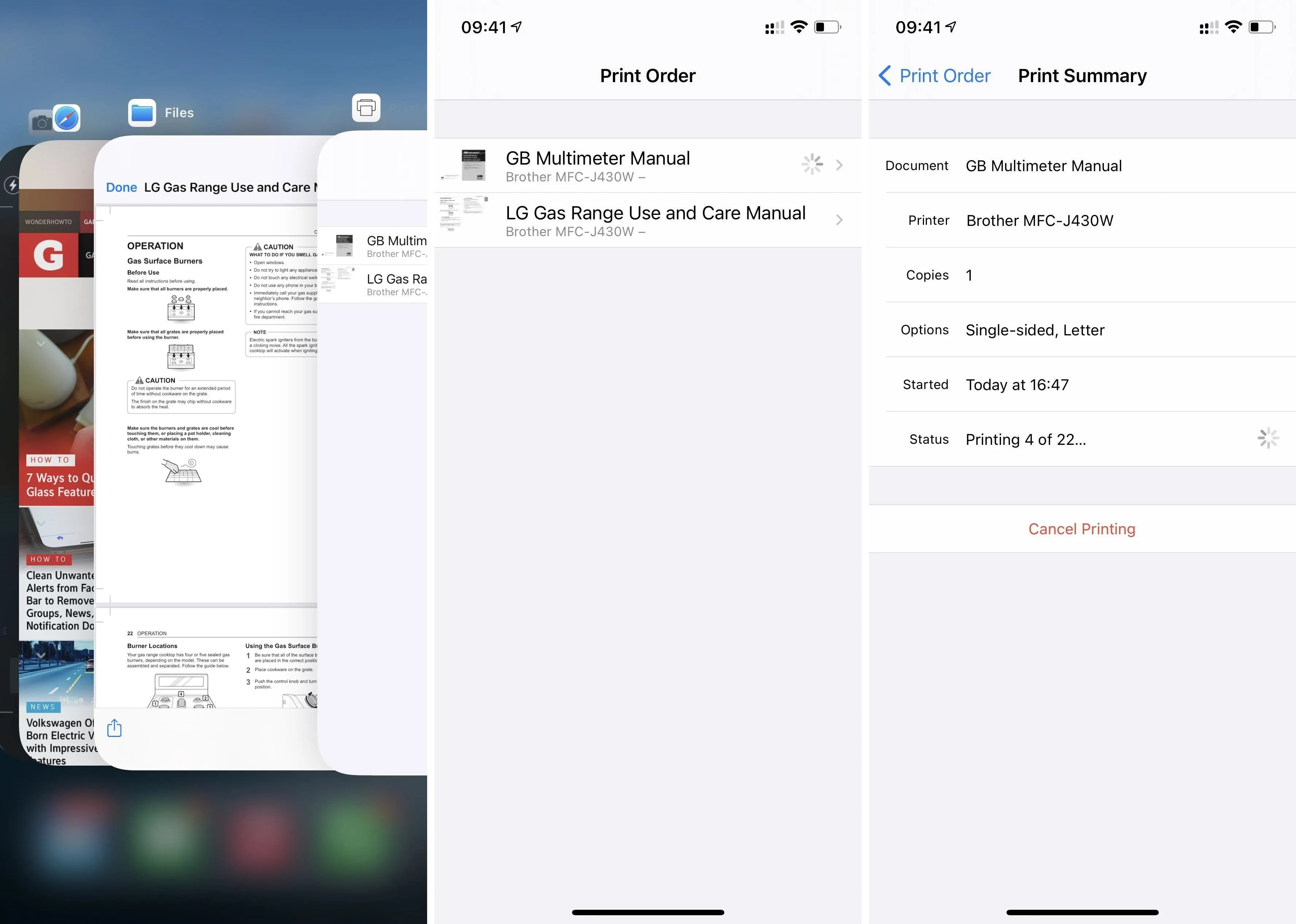
Diagnostics
When you type in the URL schemediags:// or diagnostics:// into Safari and hit go, you'll open up the Diagnostics app, which Apple uses to read diagnostics data to help troubleshoot any issues you may be having with your iPhone. However, without a ticket number from Apple to place after the URL scheme, it won't do you much good.
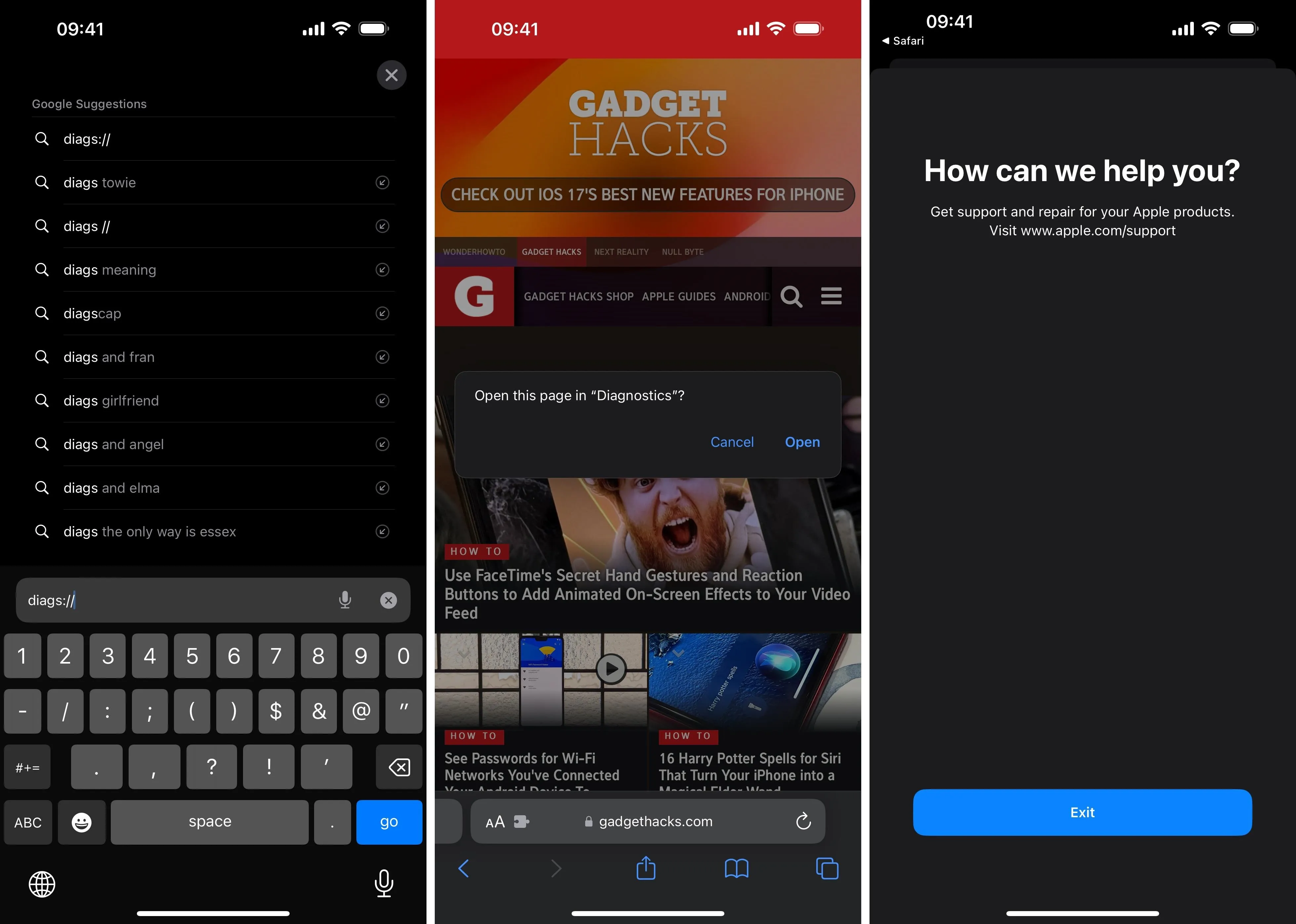
There's also another way to open Diagnostics. First, power down your iPhone and connect it to a power source. Then, hold both volume buttons until you see the Apple logo on the screen. Shortly after that, Diagnostics will open, where you can "Start Diagnostics." It's similar to the Diagnostics tool available on Macs, but it won't run any tests without Apple first requesting it.
You can tap the info (i) button to view your iPhone's serial number, MEID, and IMEI, but that's all available information in Settings » General » About.

Field Test
There are many secret dialer codes that you can play with on your iPhone, but only one opens a hidden app called "Field Test." The main reason to use this secret app is to check out your iPhone's cellular reception strength in numerical dBm (decibel-milliwatts) digits rather than signal bars in the status bar. To open the Field Test app, type *3001#12345#* into your Phone app, then hit the call button.
- More Info: How to See Your iPhone's Actual Signal Strength for Cellular Reception via Field Test Mode
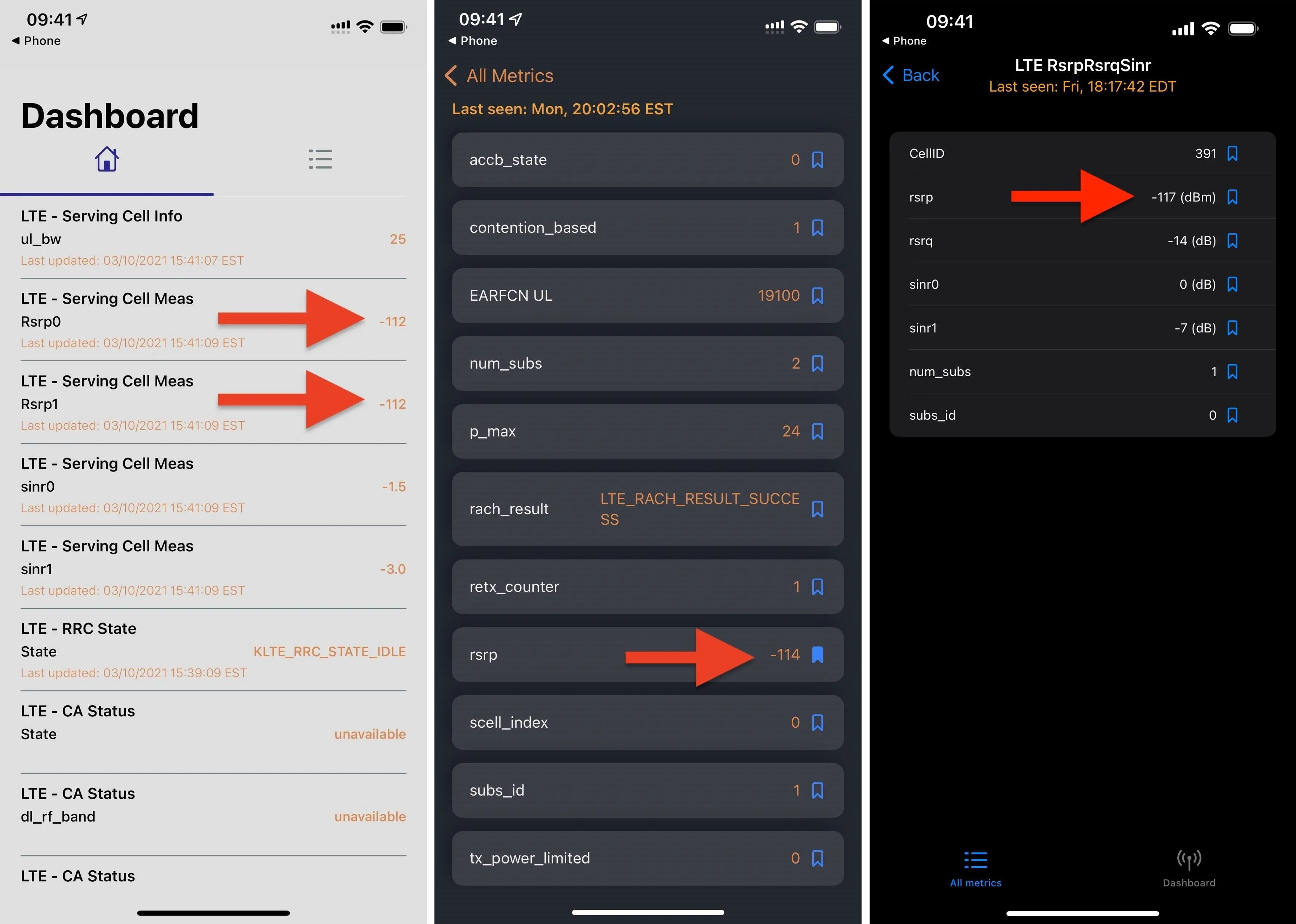
Field Test mode in iOS 14 (left), iOS 15 (middle), and iOS 17 (right).
Feedback Assistant
If you install a public beta or developer beta of iOS on your iPhone, you'll unlock a hidden app called Feedback Assistant. Beta participants use the tool to submit detailed reports of issues they experience with the software, which helps Apple prepare it for prime time. But you don't have to install a beta to access the feedback tool.
With the applefeedback://URL scheme, used from a Safari or another web browser or through a shortcut, you can open Feedback Assistant. Then, you'd sign in using your Apple ID and submit feedback that Apple can use to improve iOS and iPadOS. The URL scheme seems to be the only way to access the app without running an iOS beta, so you cannot access Feedback Assistant from the Home Screen, App Library, Search, or Siri.
Hot tip: press the volume up, volume down, and side buttons simultaneously for 1–1.5 seconds to capture a sysdiagnose file. You can attach the file directly to a feedback report when running beta software. Learn more.
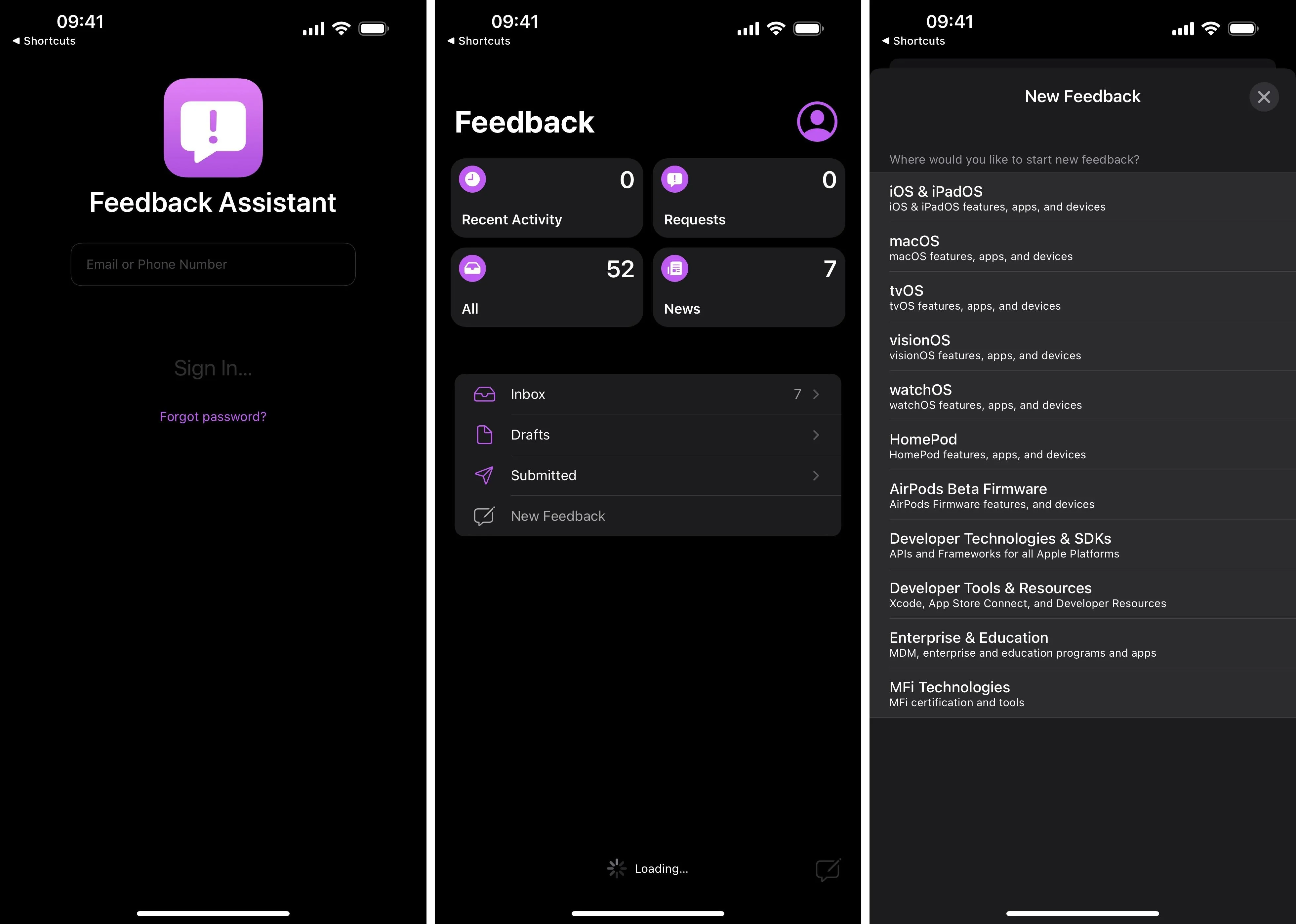
Account Settings
While there are many places in iOS to access your Apple Account Settings, you can open it from Safari or another web browser or through a shortcut with the itms-ui://URL scheme. It will open up a modal window over the app you're currently in, requiring you to sign in to your Apple account using Face ID, Touch ID, or your credentials. You can manage payments, ratings and reviews, subscriptions, purchases, and more.
- Full Instructions: Get Instant Access to Your Account Settings for Media and Purchases on Your iPhone
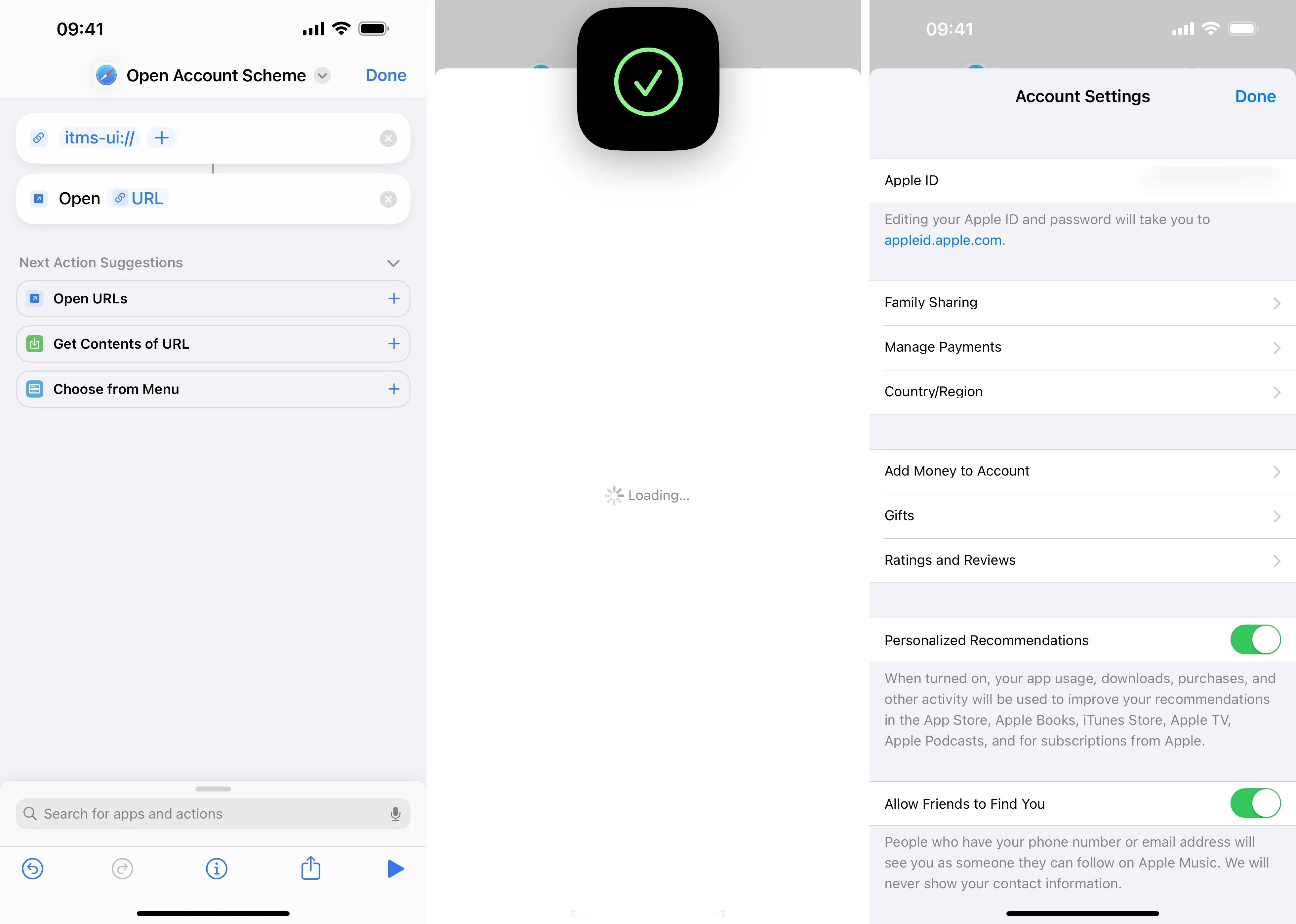
Apple TV Remote
Apple has included an Apple TV Remote in Control Center for a while. With it, you can control any Apple TV made since 2012 (Apple TV 4K, Apple TV HD, and Apple TV (3rd generation)) and any AirPlay-compatible smart TV. For example, Apple TV Remote will work if you have a Roku TV with Roku OS 9.4 or later installed.
After swiping open Control Center and tapping the remote button (you can add it if you don't see it), Apple TV Remote will open. You can use it to adjust volume levels, navigate menus, play and pause media, change channels, perform searches, type on a keyboard, use Siri, and control other essential things.
On iOS 16, it's hidden everywhere on your iPhone beyond Control Center. Thankfully, you can open Apple TV Remote using Siri or Spotlight Search on iOS 17 and later. Still, you may want easier access via your Home Screen and App Library.
In that case, you can create a shortcut using the "Show Remote Control" action or the remote's URL scheme (tvremote://) to open it just like any other app. Add the shortcut to your Home Screen as an app, and you can open it from your Home Screen, App Library, Spotlight Search, and Siri. You could even remove the Apple TV Remote control from Control Center if you never want to use it from there again.
- Full Instructions: Unlock Your iPhone's Secret Apple TV Remote App for Home Screen, App Library, Siri, and More — No Control Center Needed

Believe it or not, there are more hidden apps than these, but many are inaccessible using URL schemes and other tricks.
Cover photo and screenshots by Justin Meyers/Gadget Hacks




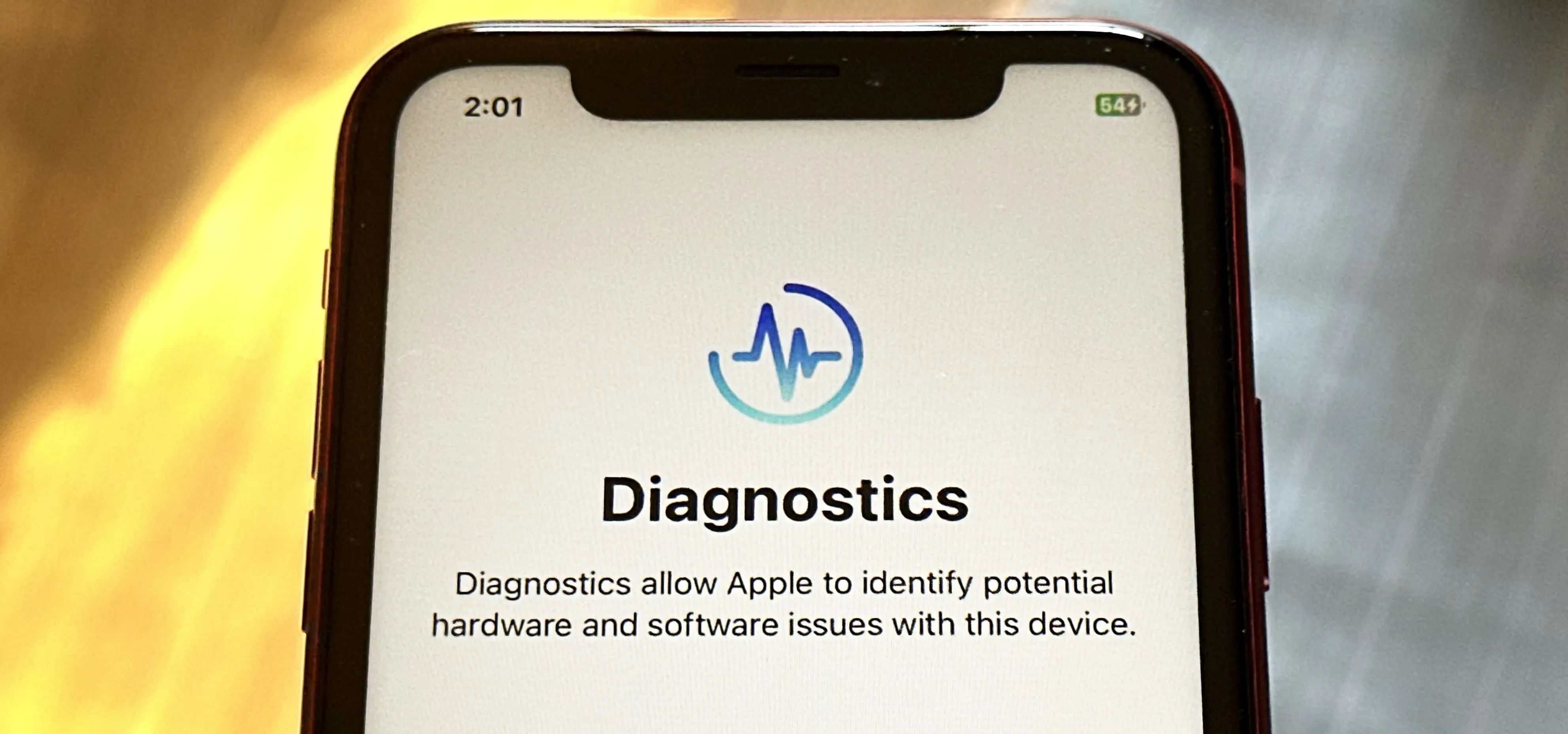




















Comments
Be the first, drop a comment!